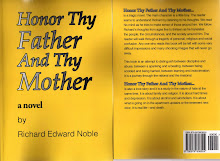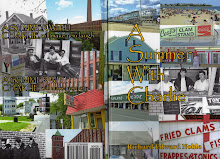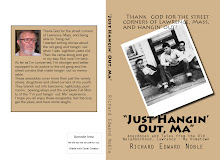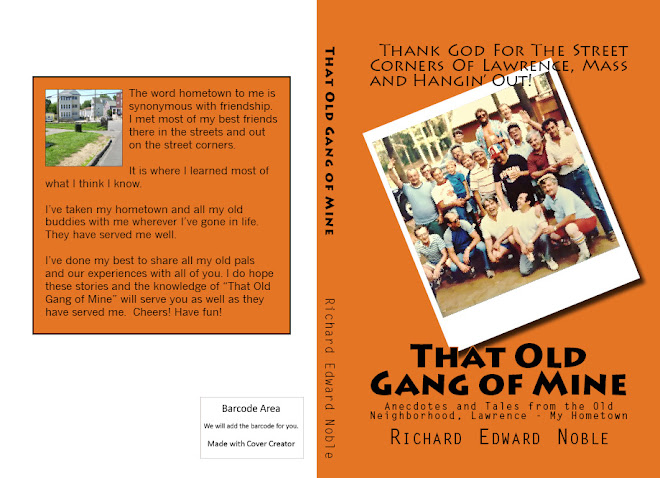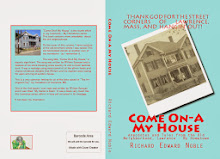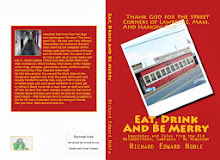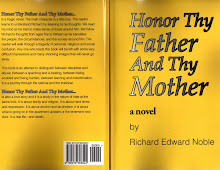Bread and Roses
Mills, Migrants, and the Struggle for the American Dream
By Bruce Watson
Book Review
By Richard E. Noble
My discovery of the Bread and Roses Strike of 1912 in Lawrence, Massachusetts has provided me with an extremely interesting source of intellectual and personal insight.
Although I was born in Baltimore, Maryland my life from a few months old to age 27 was spent in Lawrence, Mass.
My father and my mother were ex-mill workers, as were their fathers and mothers.
My father was from the established English heritage and my mother descended from the later Eastern European migration. She was Polish.
I only worked briefly as did my older brother in a reconstituted, worked-over enterprise that rented old mill space after the mills were abandoned by their textile owners. But even though I never worked in a textile mill, those mills played an ominous and hauntingly important part in my life.
The original mills were the reason for being for the city of Lawrence.
First God built the mills and then he sent the people to work them.
The mills came first and the people came second. That is the history of the mills of Lawrence and maybe mill towns all over America and the world.
It is always interesting to me that when it was all over what was left was row upon row of empty redbrick pyramids and mile after mile of drained, sapped people and landscape.
It was like a war zone where the weapon of choice was not explosives but a psychological sort of neutron bomb.
Fighting for the jobs and positions at the mills basically determined the social status of the populous.
From the 1840s to the 1950s the mills were the heart and soul and supplied the bread and the few roses that might have been scattered here and there throughout the city.
From the time of my birth forward the mills were on a steady decline and by the end of World War II the mills had, for the most part, abandoned Lawrence.
Unemployment through the late forties and onward through the fifties rose to over forty percent. That was a number that I had been seeking for some time. The 1929 Depression was approximately 30-40% unemployment.
I always knew the situation in Lawrence was serious because my dad was one of that 40%, but as is always the case, even with 40% unemployed, 60% still had a job. That 60% living at the time knew only too well how lucky they were, but their descendants have long since forgotten or were never made aware of the hardship of their neighbors.
I found that 40% figure in this book by Mr. Watson.
Another question that had perplexed me is why I had never heard of this strike.
Why I had never seen any monuments in the city parks.
Why my parents and relatives never spoke of it.
Why the Nuns in grade school never mentioned such an event even in passing.
Why the Brothers didn’t teach it in high school.
And the bigger question, why the history books ignored the American Labor Movement almost entirely – not just in Lawrence but throughout our nation.
I first got interested in this subject matter by discovering, by accident, the Bread and Roses Strike. Researching this strike then led me to the Labor Movement in the U.S. and then in the world.
For me making this discovery was like finding the missing link or the lost piece of the puzzle.
I feel now that understanding labor history or the history of the Labor Movement is the Rosetta Stone for interpreting our modern civilization.
This is where our modern history begins. This period in man’s evolution has not come to an end yet. It is the latest episode in a long continuous battle for freedom, dignity and equality.
Mr. Watson explains in his Epilogue that the history of the Lawrence Bread and Roses Strike was suppressed in the area because it had been a brand of shame for the city as a whole throughout the entire U.S. and throughout the world.
Lawrence became a poster child for how not to handle a mill strike and how not to treat new immigrants, working women and children in America.
The City (establishment) of Lawrence had been disgraced and shamed and they then proceeded to propagandize a cover-up story or a rationalization to hide and shade over what they had done and what had actually happened. It worked because all that remained for the rest of the century was the establishment version of the event. It is only until recently that the whole truth of the matter has been seeping out.
It seems to me that this is basically the same story with regards to the American Labor Movement. The truth about it is also beginning to seep out.
Just as the German nation was the last to admit the horror of the Holocaust and the Japanese nation the last to accept the Rape of Nanking and their other World War II atrocities, America will be the last to admit its persecution of the working class and the working poor.
Much of America hates poverty and hates to accept or admit the fact of it even more.
America is filled with poverty, slums and industrial blight and it has been since the 1850’s. Yet most Americans will deny its very existence and so it goes on and on and on.
Reading this book was more than a history lesson for me. Since I was raised in the area, every street name brought back an old memory. All the family names brought back friends and neighbors. The stories brought back reason and insight into many personal mysteries.
I really enjoyed this book and I’m happy Mr. Watson wrote it. I will add it to my collection of Lawrence memorabilia and labor union history.
I am left with the desire to read more about Lawrence and I know from other reading that there is a lot more to read. Every open door leads to another door yet to be opened.
Very surprising to me is the discovery that at Cornell University there is actually a school of Industrial and Labor Relations that offers a four year degree in labor studies. It was started in 1945 and is the only college in the United States offering such a degree as far as I know.
Bread and Roses by Bruce Watson is a great read for anyone interested in history in general, and the Labor Movement in particular.
This book should be required reading in every high school in the Greater Lawrence area but I have no doubt that it is not and will not be in the future.













